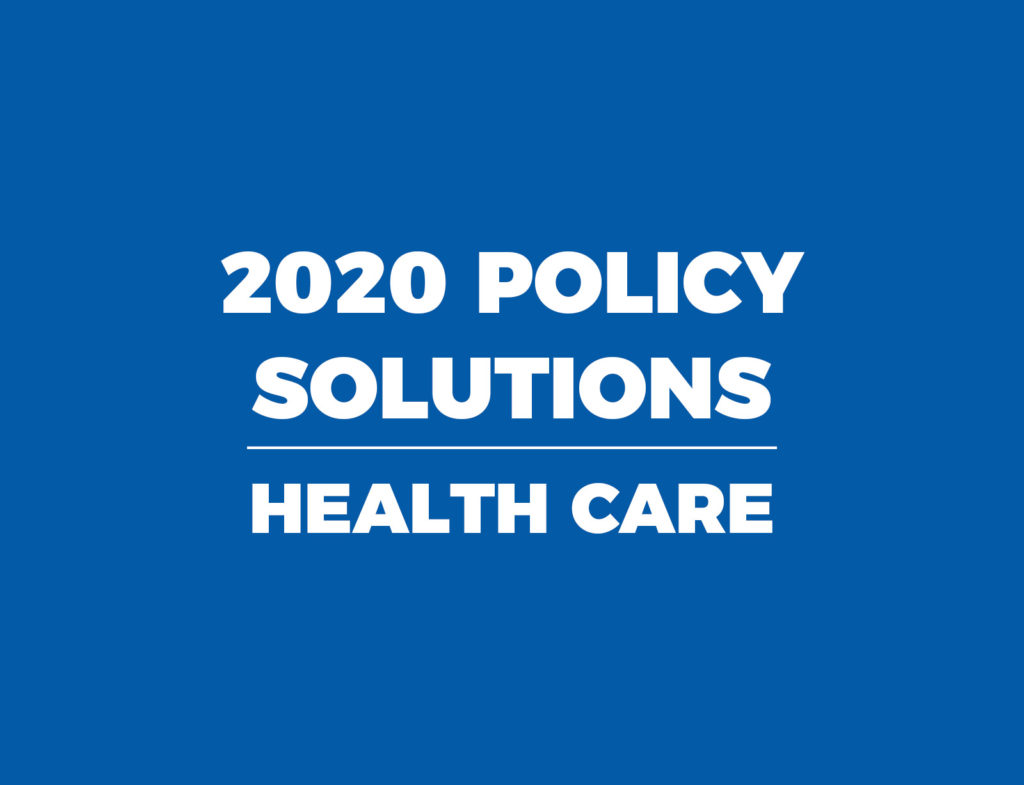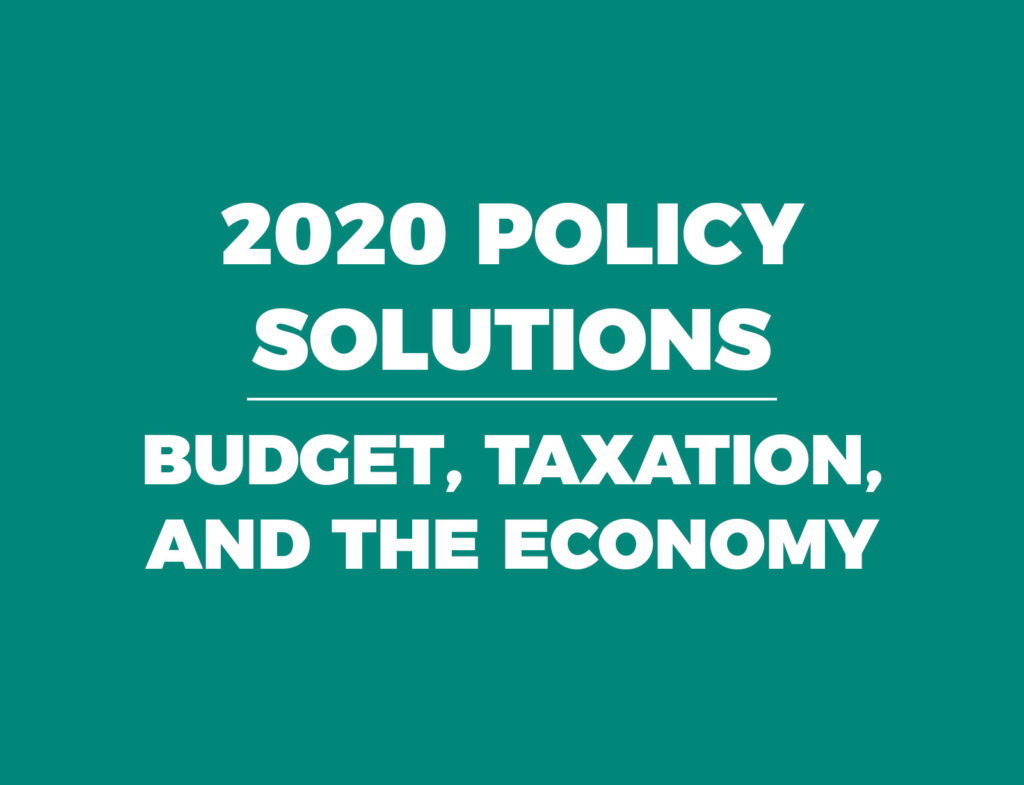Introduction
Updated as of January 2020.
Whether it’s to advocate for Medicaid expansion, promote special tax breaks for solar energy, or justify subsidies for Hollywood film producers, you can find an economic impact study that touts the benefits of the proposal for the state or local economy.
The formula is simple. A special-interest group that stands to benefit from the proposal funds an economic impact study that purports to provide sound projections of the number of jobs to be created, the increase in wages, and the additional output that will be generated by the project or subsidy. Often it will do this on an industry-by-industry basis. It is not unusual for these studies to make absurdly grandiose claims, often “calculating” that the proposal will return as much as $10 or $20 to the economy for every dollar spent.
Typically, the special-interest group that paid for the study will tout these results in press releases that will be picked up by a mostly uncritical media, ensuring that the political decision-makers and others who determine the fate of the project receive political cover.
These studies all have several things in common. First, they typically use proprietary, off-the-shelf models with acronym names like IMPLAN (Impact Analysis for Planning) and REMI (Regional Economic Model, Inc.). Rights to use the models are purchased by professional consulting firms who are hired by the interest groups to conduct the studies. Furthermore, seldom do those who perform the studies have formal training in economics. (For example, a 2019 study promoting Medicaid expansion in North Carolina.) Instead, they are experts in using one or more of the proprietary models proficiently. Finally, these studies ignore basic principles of economics and, as a result, do not meaningfully measure what they claim to be measuring: the economic impact of the public policies and projects under consideration.
Key Facts
- To properly assess the impact of any economic activity, it must first be understood that the project will not only generate directly observable economic activities that can be anticipated, but also economic activities that do not occur but otherwise would. These are called “opportunity costs.” Opportunity costs exist because the project uses revenues and, more importantly, resources (including labor, land, and capital) that would have been used elsewhere in the economy if the proposed project were not pursued.
- In a normal economy, what these studies typically describe as job creation is actually labor diversion. In an otherwise full-employment economy, workers that will be employed by the proposed project are likely being bid away from other areas of employment. These labor shifts are part of the opportunity costs that need to be considered, but seldom are. The same is true for other resources such as land.
- Any economic impact study that does not attempt to assess opportunity costs cannot legitimately be called economic analysis. None of the studies using the commercial models mentioned above even attempt to make these assessments.
- These studies claim to be measuring impacts on variables like job creation and gross domestic product. Because they ignore opportunity costs, they, in fact, are not.
- Because alternative resource uses are not considered in these studies, the economic impact of any project being evaluated by these studies will automatically be positive. A negative result — a result that shows a negative economic impact — is ruled out by the study’s assumptions.
- The impact numbers typically generated by these studies should not be viewed as social benefits but as a measurement of the extent to which the project being considered is drawing resources away from other uses.
Recommendations
- If policymakers plan to commission studies that provide quantitative economic analysis to inform their decision-making, they should insist that it be a cost-benefit analysis, not an “economic impact” analysis. They should also demand that qualified economists, not economic development consulting firms, conduct the study.
- Before using any economic impact study to inform a public policy decision, elected officials and agency leaders should have the study assessed by an independent team of qualified economists to ensure that estimates of opportunity costs are included in the analysis.
- No government, government agency, or advisory committee should commission an economic impact study using proprietary, off-the-shelf models such as those mentioned above.



